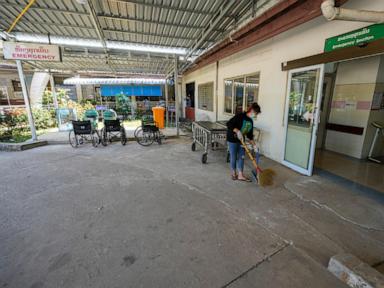
Q: I am 63 years old, and four weeks ago, I was diagnosed by my gastroenterologist with erosive esophagitis after an endoscopy. I was placed initially on Protonix, but I didn’t improve much. So, I was switched to 20 mg of Voquezna, and after eight weeks, I am starting to feel better.
I have painful osteoarthritis in my right hand and a broken collarbone that didn’t heal right. I normally take meloxicam for it. Since the diagnosis of erosive esophagitis, I have ceased taking any NSAID (nonsteroidal anti-inflammatory drug), and for pain, I will periodically take Extra Strength Tylenol only.
I believe I will go on a maintenance dose of either 10 mg of Voquezna or Protonix to manage my esophagitis. I want to get relief for my osteoarthritis, but I don’t want my esophagitis to come back. I felt 75% to 85% better being on meloxicam when I took it, but I now realize what NSAIDs can do to the stomach and gastrointestinal tract! Is there something else I can take? – D.
B. A: Vonoprazan (Voquezna) is a new treatment for gastroesophageal reflux disease. It was recently found to be superior to proton-pump inhibitors like pantoprazole (Protonix) in people with erosive disease, which is more serious.
Unfortunately, it is very expensive. NSAIDs like meloxicam put people at risk of damage to the esophagus. Erosive esophagitis is likely to return after treatment without maintenance therapy, and 10 mg of Voquezna was shown to be more effective than a PPI in one study.
Your best chance for healing is to stop the NSAIDs; however, most people will still have good control with a PPI or Voquezna, even if they continue NSAIDs. If Tylenol isn’t doing the job with pain control, then I might suggest applying topical NSAIDs like diclofenac (Voltaren) on your hand; unfortunately, it may not penetrate into your collarbone well enough. But this is very safe, since only a tiny fraction of the NSAID is absorbed.
.














